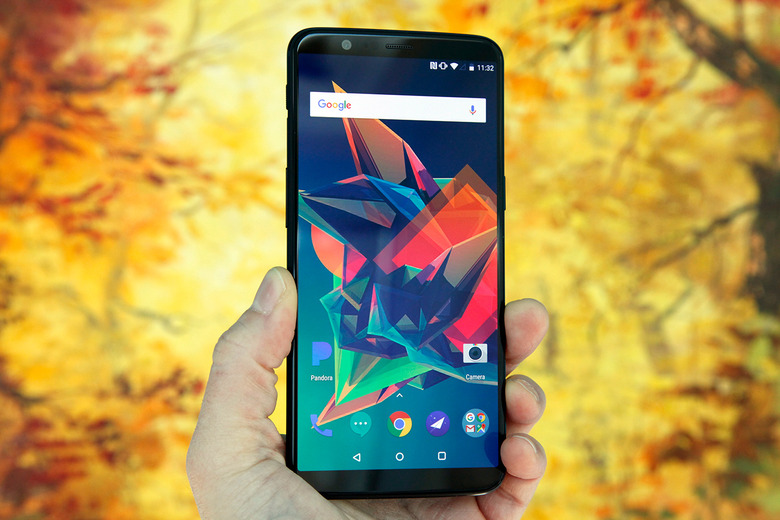How To Make Any Android Phone Feel As Fast As An iPhone
In its early days, Android was a slow and buggy mobile platform. Even the most powerful smartphones that were released each year would experience stuttering and stammering while performing the simplest of tasks, like scrolling or opening apps. And if your Android flagship phone was actually doing some heavy lifting like playing a resource-intensive game, it was a total mess.
Fast forward to more recent years, and that's no longer the case at all. Modern Android flagship phones – and even some mid-range Android phones — are much smoother than they were even as recently as a few years ago. Top flagships are still powerhouses, and now the Android operating system no longer holds them back. Optimizations made by Google within Android are partially to thank, but manufacturers have fine-tuned their own software as well. The end result is a much smoother experience for users, but there's an easy way to make them even faster.
Even now, as smooth as Android flagship phones have become in recent years, we still find that Apple's latest iPhones almost always beat the latest and greatest Android flagship phones in the "real-world speed tests" that have become so popular. In fact, there's only one widely available Android phone that has ever beaten the latest iPhone in one of these speed tests.
Why is the iPhone so darn smooth? There are a few main reasons. The Qualcomm and Exynos chipsets used in all widely available Android flagships never measure up to Apple's own A-series processors, and that's a big source of the iPhone's smoothness and speed. Software optimizations also play a big role, though Apple's latest software version is something of a mess (which is why, in part, an Android phone finally dethroned the iPhone in those speed tests).
But there's another thing that makes the iPhone seem so fast, and it's much simpler than cutting-edge microchips or complex software tuning. The transition animations that take place as you open, close, and switch apps in iOS are faster and smoother than their counterparts in Android.
It might seem like something as simple as transition animations wouldn't have a big impact on the user experience, but we assure you, that is the case. Stop for a moment and think about what you actually do when you use your phone. Think about how often you're opening apps from your home screen, closing apps, swiping through your home screens, switching from one app to another, and so on. Every time you do any of that, a transition animation is displayed, and the speed of that animation indeed has a big impact on your perception of smoothness and speed.
On Apple devices, those animations are lightning-fast and very smooth. The same can be said of modern Android phones, but it's not quite up to par with Apple's animations. Of course, Android is far more flexible than iOS in so many ways, and the ability to adjust the speed of those animations is among them.
We first taught readers how to easily speed up their Android transition animations years ago, and we've revisited the topic several times since then. This is an awesome, important feature that has a profound impact on the overall user experience, and we want as many people as possible to be aware of it.
Do you want to try it out? It's quite simple, but you'll need to enable the hidden "Developer options" menu on your Android phone in order to do it.
- Open the Settings app on your phone
- If your handset runs Android 8.0+, tap System (earlier versions of Android won't need this step)
- Scroll down and tap About phone
- Scroll down again and tap Build number 7 times consecutively
That's it. Now, when you return to the previous screen you'll find a new "Developer options" menu near the bottom, and that menu gives you access to a wide range of hidden features and debugging options. If you're a novice, you probably shouldn't make any changes other than the ones we're about to explain.
To speed up your transition animations, tap Developer options and scroll down until you see the following items (note that you may need to open the Advanced settings depending on which phone you have):
- Window animation scale
- Transition animation scale
- Animator animation scale
By default, you'll see a "1x" next to each of those settings. To speed up your animations, simply tap on each of those three items and change "1x" to ".5x," then exit the Developer options section. Note that you need to select ".5x" and not "5x." This means that animations will take half — or .5 times — as long to play.
That's all you need to do to speed up the UX on your phone. Give it a shot. We think you're going to be pleasantly surprised at how noticeable the difference is.
